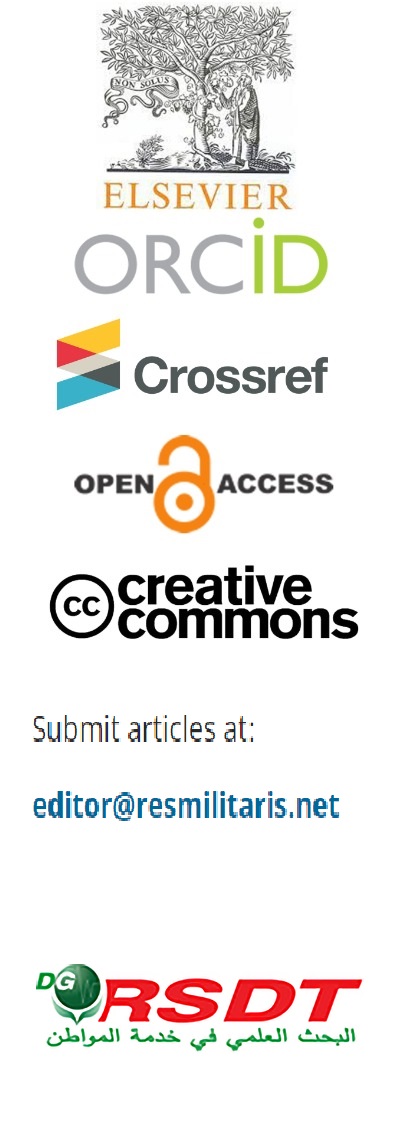
-
FOOD SECURITY AS A COMPONENT PART OF NATIONAL SECURITY: THE IMPACT OF THE RUSSIAN-UKRAINIAN CONFLICT
Volume -14 | Issue -5
-
The Contribution Ratio of Some Physical Abilities in the Performance of Certain Skills with the Apparatus Among Female Students in Rhythmic Gymnastics
Volume -14 | Issue -5
-
Self-Efficacy and Its Relationship to the Level of Ambition Among Track and Field Athletes Under 20 Years
Volume -14 | Issue -5
-
Culture of the Mexican Army1
Volume -14 | Issue -5
-
The Impact of Educational Media (Visual - Mixed) on Self-Learning of Certain Table Tennis Skills for Students
Volume -14 | Issue -5
A Study of Voiceless Women Characters in the Novels of Kavita Kane
Main Article Content
Abstract
The paper focuses on analysing how the author uses myth to retell the same story from a feminist perspective, how these versions of ancient texts reinterpret the mythical past, and how her texts display a range of opposing attitudes toward the selected women characters and incidents in the Indian Myths. A myth is a subjective, intuitive, cultural, and religious truth. One day, a myth of today will become true. Literature favours some voices, ideas, and perspectives over others by nature. This is arguably even more true in the case of myths since we can more easily distinguish between expressed and buried voices. More generally, feminist politics interact with mythology. Feminism and mythology do not fit into the current world. A great number of cultures and civilizations were founded on myths. The cultural myths are said to represent ideas, ideals, and philosophies that advance the needs of the populace. Writers from all over the world are using their classic mythsto address modern issues and reinterpreting the past in the context of the present. Throughout history, myths' mythological characters and themes have served as symbolic representations of many cultural preconceptions, values, and philosophies. As a result, myths are persistent and expanding in scope and significance. Rich ideas and storylines are how myths often shine. All ages of literary artists use these topics and forms in their works.

